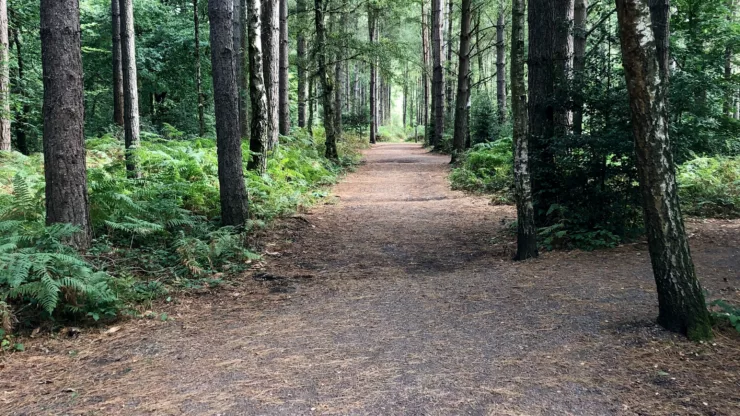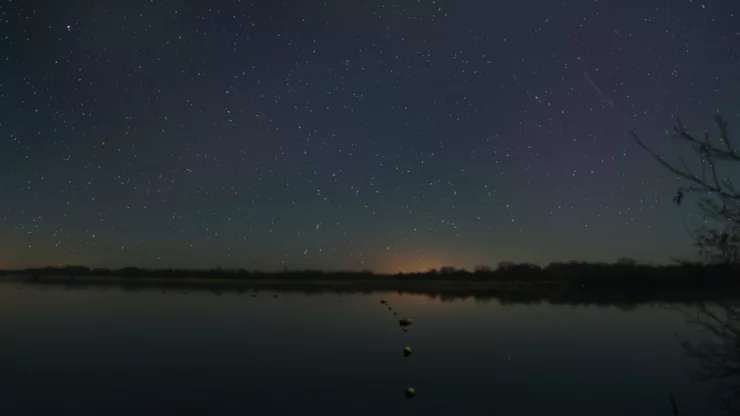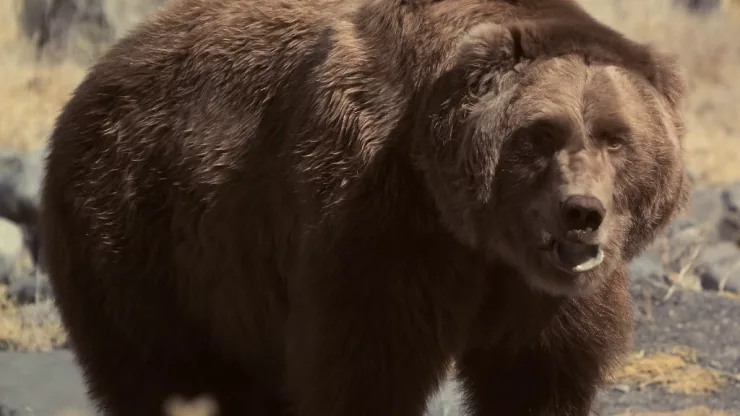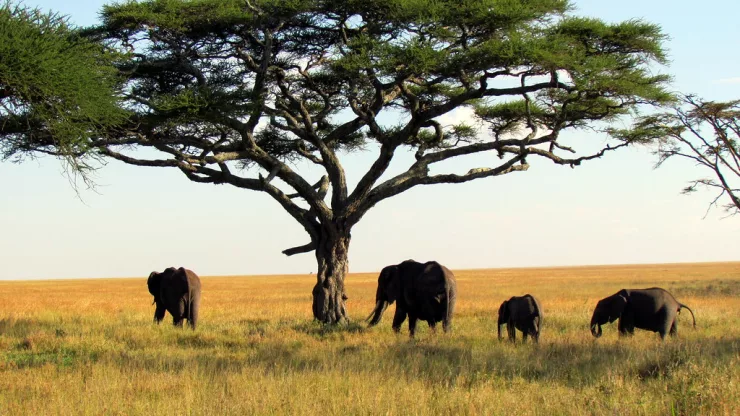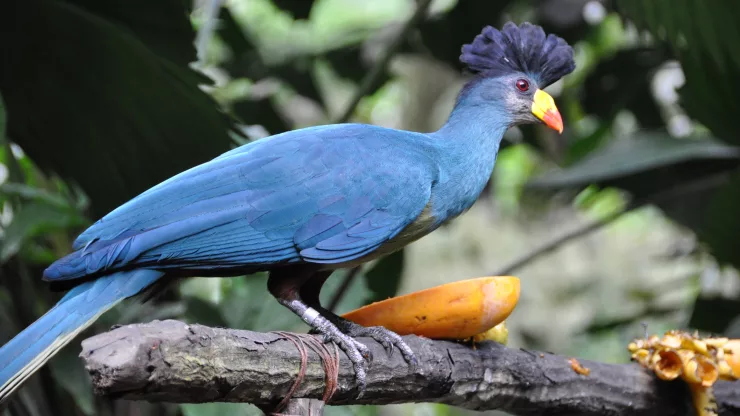The South Downs National Park is a wildlife haven located in southern England. The park offers a variety of habitats for wildlife, from chalk grasslands to ancient woodlands.
Wildlife tours in the park are popular with visitors who want to explore the park’s diverse flora and fauna.
In this article, we will take a closer look at the wildlife of South Downs National Park and the importance of wildlife tours.
Jump to Section
Introduction
The South Downs National Park stretches over 1,600 square kilometers, covering parts of Hampshire, Sussex, and Surrey.
The park is home to an abundance of wildlife, including rare species such as the Adonis blue butterfly and the nightjar.
The park’s rolling hills, ancient woodlands, and chalk grasslands provide a diverse range of habitats for wildlife.
Wildlife tours in the park offer visitors the chance to explore this unique environment and see some of the park’s rare and endangered species up close.
Overview of South Downs National Park
The South Downs National Park was established in 2010 and is the newest national park in England.
The park is home to a wide range of wildlife, from rare butterflies to mammals such as badgers and foxes.
The park also has a rich cultural heritage, with historic sites such as the Iron Age hill fort at Old Winchester Hill and the medieval town of Arundel.
Importance of Wildlife Tours
Wildlife tours in South Downs National Park provide visitors with a unique opportunity to explore the park’s diverse habitats and see its wildlife up close.
These tours are also an important tool for conservation, as they raise awareness of the park’s wildlife and the need to protect it.
By taking part in a wildlife tour, visitors can learn about the park’s conservation efforts and support them through donations or volunteering.
The Wildlife of South Downs National Park
The South Downs National Park is home to a wide range of wildlife, from mammals to reptiles and amphibians.
Here are some of the park’s most notable species:
Mammals
Badgers
Badgers are a common sight in the park, particularly in the woodlands.
These nocturnal animals are shy and elusive, but visitors may be able to spot them on a night-time wildlife tour.
Roe Deer
Roe deer are a common sight in the park’s grasslands and woodlands.
These graceful animals are most active at dawn and dusk, so early morning or late evening wildlife tours are the best time to spot them.
Foxes
Foxes are another common mammal in the park. These adaptable animals can be found in a variety of habitats, from woodlands to urban areas.
Visitors may be able to spot them on a wildlife tour, particularly in the early morning or late evening.
Birds
Skylarks
Skylarks are a common bird in the park’s grasslands. These small birds are known for their distinctive song, which can be heard from a long distance away.
Visitors can spot them on a walking or cycling tour of the park.
Kestrels
Kestrels are a type of falcon that can be found in the park’s grasslands and woodlands.
These birds of prey are known for their hovering flight and their ability to hunt small mammals and birds.
Visitors can spot them on a birdwatching tour of the park.
Peregrine Falcons
Peregrine falcons are a rare and endangered species that can be found in the park’s chalk cliffs.
These birds are known for their high-speed dives, which can reach over 200 miles per hour.
Visitors can spot them on a birdwatching tour of the park.
Reptiles and Amphibians
Adders
Adders are a venomous snake that can be found in the park’s grasslands and woodlands. These shy and elusive snakes are most active in the summer months.
Visitors should be cautious when walking in areas where adders are known to live.
Common Toads
Common toads are a common sight in the park’s ponds and wetlands.
These amphibians are most active at night and can be seen on a night-time wildlife tour.
Newts
Newts are another common amphibian in the park’s ponds and wetlands. These small, lizard-like creatures are most active in the spring and summer months.
Visitors can spot them on a wildlife tour of the park’s wetlands.
Wildlife Tours in South Downs National Park
Wildlife tours in South Downs National Park are a popular way to explore the park’s diverse habitats and see its wildlife up close.
Here are some of the types of tours available:
Types of Tours
Walking Tours
Walking tours are a great way to explore the park’s grasslands and woodlands.
These tours are led by experienced guides who can point out the park’s wildlife and provide information about its conservation efforts.
Cycling Tours
Cycling tours are a fun and active way to explore the park’s scenic routes.
These tours are suitable for all fitness levels and can be tailored to suit individual interests.
Horse Riding Tours
Horse riding tours are a unique way to explore the park’s grasslands and woodlands.
These tours are led by experienced guides who can provide information about the park’s wildlife and conservation efforts.
Best Time to Visit
The best time to visit South Downs National Park for wildlife tours is from April to September, when the weather is mild and the wildlife is most active.
However, some tours, such as night-time tours, are only available during certain times of the year.
Tour Companies
There are several tour companies that offer wildlife tours in South Downs National Park, including Sussex Wildlife Trust and South Downs Safari.
These companies offer a range of tours, from walking tours to horse riding tours.
Conservation Efforts in South Downs National Park
South Downs National Park has a strong commitment to conservation, with a range of initiatives in place to protect its wildlife and habitats.
Here are some of the park’s conservation efforts:
Protection of Habitats
The park works to protect its habitats, including its chalk grasslands and ancient woodlands.
This includes managing grazing levels to maintain the grasslands and carrying out restoration work in areas that have been damaged.
Species Monitoring and Management
The park carries out regular surveys to monitor its wildlife populations and manage them where necessary.
This includes initiatives to protect rare and endangered species, such as the Adonis blue butterfly.
Community Involvement
The park works closely with local communities to raise awareness of its conservation efforts and involve them in its work.
This includes initiatives such as volunteer programs and educational events.
The Importance of Wildlife Tours in South Downs National Park
Wildlife tours in South Downs National Park offer visitors a unique opportunity to explore the park’s diverse habitats and see its wildlife up close.
These tours are also an important tool for conservation, as they raise awareness of the park’s wildlife and the need to protect it.
By taking part in a wildlife tour, visitors can learn about the park’s conservation efforts and support them through donations or volunteering.
FAQ
What is the Adonis blue butterfly?
The Adonis blue butterfly is a rare and endangered species that can be found in the South Downs National Park.
It is known for its distinctive blue wings and is one of the park’s most iconic species.
Are adders dangerous?
Adders are venomous snakes, but their bites are rarely fatal.
Visitors should be cautious when walking in areas where adders are known to live and should seek medical attention if bitten.
What is the best time of year to visit South Downs National Park for wildlife tours?
The best time to visit South Downs National Park for wildlife tours is from April to September, when the weather is mild and the wildlife is most active.
How can I support conservation efforts in South Downs National Park?
Visitors can support conservation efforts in South Downs National Park by taking part in a wildlife tour, making a donation to a conservation organization, or volunteering with a local conservation group.
I’m a nature enthusiast and creator of Metro Wilds and have spent years exploring the great outdoors.
With a passion for environmental conservation and sustainability, I have dedicated my career to writing about the beauty and wonders of nature, as well as the threats facing our planet.
Contact me at [email protected] for assistance.

